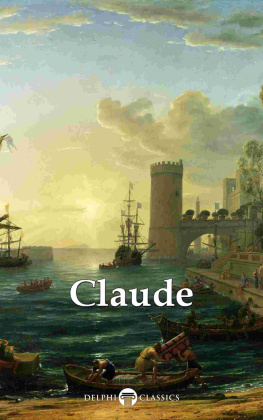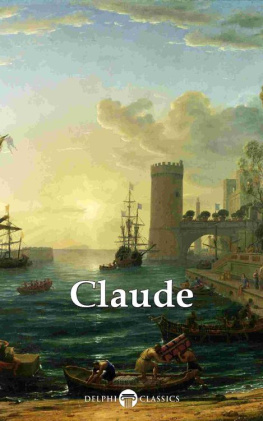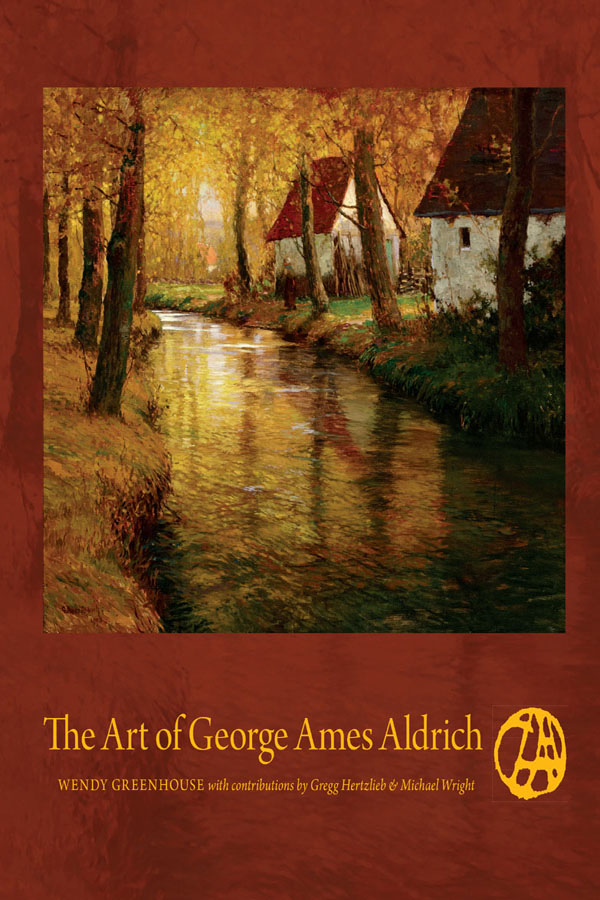THE ART OF GEORGE AMES ALDRICH

The Art of George Ames Aldrich
WENDY GREENHOUSE
WITH CONTRIBUTIONS BY
GREGG HERTZLIEB
AND
MICHAEL WRIGHT
INDIANA UNIVERSITY PRESS Bloomington & Indianapolis
This book is a publication of
INDIANA UNIVERSITY PRESS
601 North Morton Street
Bloomington, Indiana 47404-3797 USA
iupress.indiana.edu
Telephone orders 800-842-6796
Fax orders 812-855-7931
2013 by Brauer Museum of Art, Valparaiso University
All rights reserved
No part of this book may be reproduced or utilized in any form or by any means, electronic or mechanical, including photocopying and recording, or by any information storage and retrieval system, without permission in writing from the publisher. The Association of American University Presses Resolution on Permissions constitutes the only exception to this prohibition.
 The paper used in this publication meets the minimum requirements of the American National Standard for Information Sciences Permanence of Paper for Printed Library Materials, ANSI Z39.481992.
The paper used in this publication meets the minimum requirements of the American National Standard for Information Sciences Permanence of Paper for Printed Library Materials, ANSI Z39.481992.
Manufactured in China
Library of Congress
Cataloging-in-Publication Data
Greenhouse, Wendy, [date]
The art of George Ames Aldrich / Wendy Greenhouse ; with contributions by Gregg Hertzlieb and Michael Wright.
pages cm
Issued in connection with an exhibition of the artists paintings, held 2012 at the Brauer Museum of Art, Valparaiso University, Valparaiso, Indiana.
Includes bibliographical references.
ISBN 978-0-253-00905-0 (cloth : alk. paper) ISBN 978-0-253-00913-5 (ebook) 1. Aldrich, George Ames, 1871-1941 Exhibitions.
I. Brauer Museum of Art. II. Title.
ND237.A34A4 2013
759.13 dc23
2012051723
1 2 3 4 5 18 17 16 15 14 13
CONTENTS
GEORGE AMES ALDRICH
Gregg Hertzlieb
Wendy Greenhouse, with Michael Wright
Wendy Greenhouse
Compiled by Wendy Greenhouse

THE ART OF GEORGE AMES ALDRICH

INTRODUCTION & ACKNOWLEDGMENTS
THE LIFE AND WORK OF ARTIST GEORGE AMES Aldrich (18711941) are the focus of this book, produced in conjunction with a major 2012 exhibition of the artists paintings at the Brauer Museum of Art, Valparaiso University. A highly regarded artist, Aldrich drew upon his years of experience living and studying in Europe to create beautiful landscape paintings, particularly scenes of northern France. He began his career in Europe as an illustrator and through study and practice became increasingly skilled in his romantic representations of the land and water in the peaceful French countryside. Aldrich moved to the Chicago area in 1915 and then lived for several years in South Bend, Indiana, before returning to Chicago. He won several awards for his art, which he exhibited at the Art Institute of Chicago, the Hoosier Salon, the Chicago Galleries Association, and elsewhere. In South Bend, Aldrich remains a legendary figure who contributed much to the history of art in Indiana.
Michael Wright, curator of the 2012 exhibition, assembled many of Aldrichs strongest works for the artists first-ever retrospective, identifying key pieces in public and private collections, some representing French subjects but others depicting the Midwestern steel industry and American nature. The essays in this volume by Wendy Greenhouse, assisted by Michael, explore in detail Aldrichs life, influences, sources of inspiration, and art-historical context, shedding new light on the career of an artist whose works continue to impress and delight collectors and viewers.
We are grateful to numerous individuals and organizations who made the exhibition and this publication possible. First and foremost is Peter Lundberg of Janus Galleries, Madison, Wisconsin, who has done considerable research on Aldrich and generously shared it for this project, which would not have been possible without his expertise. Peter provided invaluable access to Aldrichs scrapbook as well as his files and manuscript biography of the artist. Our thanks also go to Richard Brauer, William Briska, Jan Cover of Purdue University, Gary Cialdella, Joel Dryer, Richard and Phyllis Duesenberg, Mike Ficheel of the Aurora Historical Society, Patti Gilford, Bronislaus Janulis, Michael Koryta, Michael A. Nickol, Richard Norton and Susan Klein-Bagdad of Richard Norton Gallery in Chicago, Dean Porter, Oslo art consultant Vidar Poulsson, Monica and Ronald Radecki, and Jim Ross. We also acknowledge the assistance of the staff of Indiana University Press, the Ryerson and Burnham Libraries at the Art Institute of Chicago, and the Local History and Genealogy Collection at the South Bend Public Library. At the Brauer Museum, the project was ably managed and assisted by Gloria Ruff, Danielle Ren Hertzlieb, and Aran Kessler. At Valparaiso University, we are grateful for the institutional support of President Mark Heckler, Provost Mark Schwehn, and Associate Provost Renu Juneja. The staff of Valparaiso Universitys Office of Integrated Marketing and Communications provided essential promotional services, and the Partners for the Brauer Museum of Art generously underwrote the project.
We are also grateful to the lenders to the exhibition: Richard and Jean Dennen; the Charles S. Hayes family; Brian Kastman and Ann Rohrbaugh; Bernie and Sue Konrady; Martin and Debbie Radecki; Drs. Nicole and Todd Rozycki; the Saunders family; Mary Toll and Bill Heimann; Bradley Vite; Matthew M. Walsh; Mark Forrest West; the Art Museum of Greater Lafayette; the Snite Museum of Art, University of Notre Dame; the South Bend Museum of Art; First Financial Bank, N.A.; Clifford Law Offices, Chicago; Elgin Mental Health Center; the Sioux City Art Center; and an anonymous lender.
We deeply appreciate the enthusiasm and support of all involved in the George Ames Aldrich project. Through their efforts, we all are able to gain a better understanding of Aldrichs life and creations.
GREGG HERTZLIEB , Director/Curator
Brauer Museum of Art, Valparaiso University
A BIOGRAPHY
WENDY GREENHOUSE WITH MICHAEL WRIGHT
FOR AN ARTIST WHO MADE INNUMERABLE SALES OF his artworks, won prizes, belonged to artists organizations, circulated socially among his potential patrons, and assiduously cultivated press attention, George Ames Aldrich remains a somewhat elusive figure. Much of what we think we know about the artist, especially regarding his training, early career, and travels, is uncertain or disputed. Ironically, Aldrichs life is relatively well documented. Although almost none of his correspondence or sketches survive, a scrapbook of newspaper clippings and other ephemera compiled by his wife Esta facilitates reconstruction of many of his professional activities at least for the years he was most active in the Midwest, between 1919 and the mid-1930s. Aldrich listed himself in several editions of the










 The paper used in this publication meets the minimum requirements of the American National Standard for Information Sciences Permanence of Paper for Printed Library Materials, ANSI Z39.481992.
The paper used in this publication meets the minimum requirements of the American National Standard for Information Sciences Permanence of Paper for Printed Library Materials, ANSI Z39.481992.